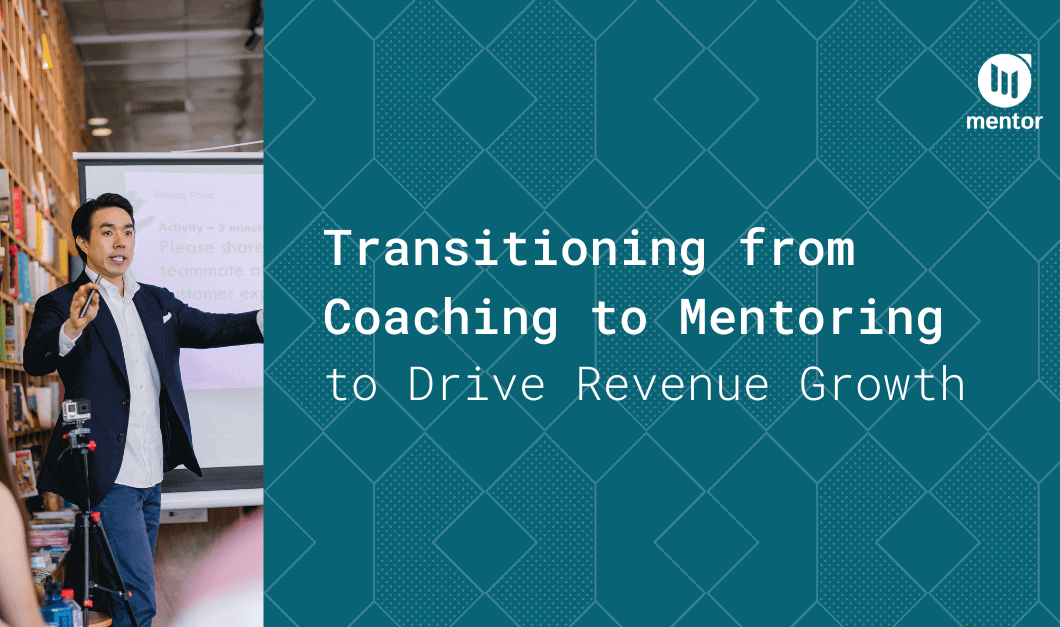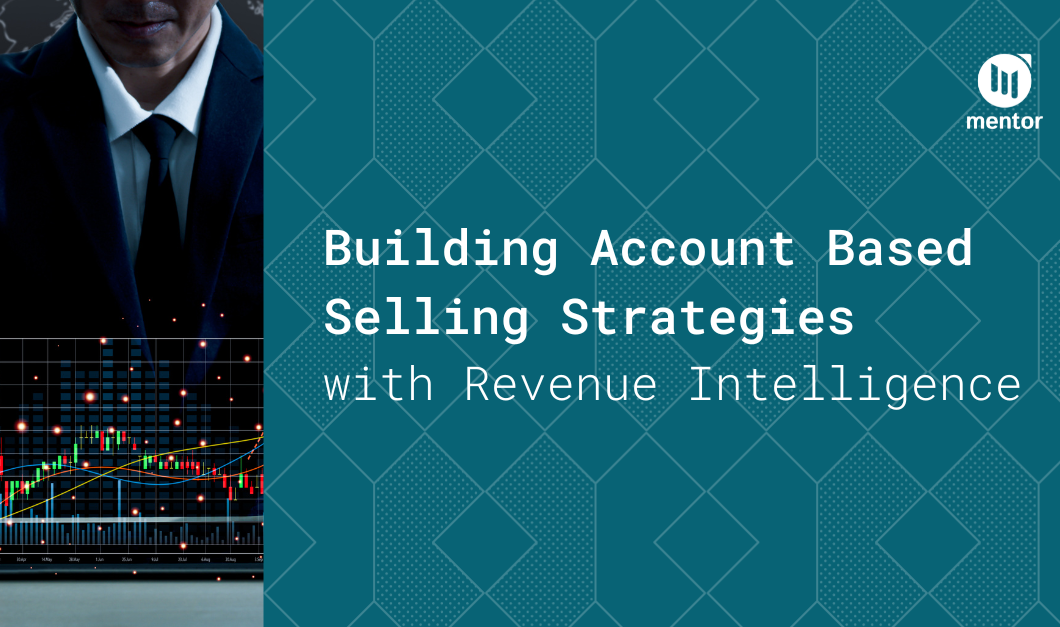“Over the long run, superior performance depends on superior learning.”
— Peter Senge
In this first paragraph alone, we could list a number of academic, peer-reviewed articles which support the argument in favour of companies – especially through turbulent economic times – continuing to invest in further training, educating, and developing their people as part of their path to success.
Training and development is defined as ‘the systematic process concerned with facilitating the acquisition of skills, knowledge and attitudes which results to improved organizational performance’ (Taylor, 1996, p.258).
Researchers like Stone (2002), Khan (2011), Knoke & Kalleberg (1994), Liu (2002), Wang (2001), Young (2008), and Boadu (2014) have all published top-quality studies on: training being the most important factor in the business world, on the critical role training plays in the success of an organization and its workforce, on how training is essential to an organization’s survival and competitiveness – and how training is usually, and regrettably, the first item to be struck from the budget when an organization’s bottom line is negatively impacted.
“[Nowadays] training is the most important factor in the business world because training increases the efficiency and the effectiveness of both employees and the organization. The most important factor of employee performance is training” (Khan et al., 2011, p.63).
So, what's the evidence?
Numerous studies have proven the link between employee development and the bottom line.
Most notably, the Association for Talent Development (ATD) has confirmed through their research that companies which offer comprehensive training programs have 218% higher income per employee than companies without formalized training. Also, these companies have a 24% higher profit margin than those spending less on training.
Most employers are aware that training and development in this era of information, communication, and technology is vital in maintaining adaptability, competitiveness, and high performance in an organization. Organizations which recognise training and development as an investment rather than cost view their employees as assets – and when they are committed to this strategy, they are better off.
Defined further, training is a bridging activity – bringing in experts to work with learners with the goal of improving their skills, knowledge, and attitude for the current tasks. Development is a broad and on-going multi-faceted process focusing on the individual and the future performance of an organization.
There is well-founded evidence that training and development are good for every firm, yet there is little explanation as to why employers are intentionally not acting in their own best interest (Lloyd 2002) (Keep, 2000). A survey by Skill Task Force in 2000 found that almost one half of the firms with skill gaps are parties to their own failure by not training employees.
Problematically, most managers see training as cost rather than investment. Their argument is that it is hard to establish a direct cause-and-effect relationship between training and productivity. To them, the cost is tangible and all-too-real, while the benefits are intangible and hard to measure (Tremlett & Park, 1995). But a lack of critical evaluation prompts them to focus on short-term rather than long-term benefits because present profitability counts more than future prospects for profit (Streeck, 1989). This problem is exacerbated when, during business downturns and economic recessions, management cuts training expenditures to reduce operating costs (Huang, 2001).
To the contrary, researchers Sung & Choi argued in 2014 “that corporate expenditure for internal training predicts interpersonal and organizational learning practices, which, in turn, increase innovative performance.”
In 2011, Khan and his team examined the impact of training and development on organizational performance. They concluded that training and development has a significant positive effect on the performance of an organization. They argued that the outcome of investing in training and development will instead reduce costs since employees will be more skilful, more efficient, and more competent. They added that training and development has advantages not only for employees, but ultimately for the organization itself.
“Training is important for the employees’ development and the employee development encourages self-fulfilling skills and abilities of employee, decreased operational costs, limits organizational liabilities and changing goals & objectives” (Khan et al., 2011, pp.63-64).
Their argument is, basically, that the benefits of staff training and development far outweigh its costs.
Going beyond – and further helping – the bottom line, employee training and development can improve employee engagement, employee retention, productivity, and more. According to Go2HR, a recent survey indicates that 40 per cent of employees who receive poor job training leave their positions within the first year, citing the lack of skills training and development as the principal reason for moving on. Talent Smart research shows 71% of employees are disengaged on a regular basis. However, employees are four times more likely to be engaged in an emotionally intelligent, and training-friendly, work climate.
Simply put, training and development are not a “nice to have”, they are a MUST have.
Having said that, it’s important to heed the advice of Ron Carucci in his 2018 Harvard Business Review Article titled “When Companies Should Invest in Training Their Employees — and When They Shouldn’t?”:
According to one industry report, U.S. companies spent over $90 billion dollars on training and development activities in 2017, a year-over-year increase of 32.5 %. While many experts emphasize the importance of employee development — critics point to a painful lack of results from these investments. Ultimately, there is truth in both perspectives. Training is useful at times but often fails, especially when it is used to address problems that it can’t actually solve. Learning is a consequence of thinking, not teaching. It happens when people reflect on and choose a new behavior. But if the work environment doesn’t support that behavior, a well-trained employee won’t make a difference. Here are three conditions needed to ensure a training solution sticks: (1) Internal systems support the newly desired behavior. (2) Companies are willing to change and adapt to new systems. (3) The training solution directly serves strategic priorities – and has a real end goal.
According to William Craig in his 2018 Forbes article “Why Leaders Should Invest In Employees”,
“When you strategically invest in employees, you attract and keep all the best candidates, and you also build a strong work culture unafraid of innovation, change, failure and success. Employees take the bull by its horns and run with ideas, instead of running away from problems.”
Craig gives five specific reasons why employers should invest more in employee development, and thus, company success:
- Attracts and Retains Great Employees
2. Boosts Employer Reputation
3. Increases Innovation and Performance [One study revealed that human resource transfer positively impacts firm performance through innovation]
4. Allows Upward Mobility for Promotable Employees
5. Encourages Looking Forward (future thinking)
Results
If organizations even get a portion of the results that the research and statistics show, there is a huge benefit and return on investment for you and the organization.
Below is a hypothetical analysis based on an 11-year empirical study, covering more than 200 blue chip enterprises in 22 industries, done by world-renowned researchers in business, John Kotter and James Heskett, on Corporate Culture & Performance:
- Net Income: + 756%
- Stock Price (Value of the Company): + 901%
- Revenue: + 682%
Moreover, a 2018 Globe and Mail report on The Greatest Places to Work showed that over 20 years, the high-trust companies, as measured by the greatest places to work criteria, outperformed markets by nearly three times! (Fortune 100, Russell 3000 & 1000).
So, what does that math mean for you?
If the stock value of a company today were $300 million, it means in 11 years it would be worth $2.7 billion. If the annual revenues were $100 million, it means in 11 years they would grow to just under $700 million. Based on that, investing a few – or even several – thousand dollars would have meaningful, and measurable, impact on your organization.
Conclusion
Training and development are the framework for helping employees to develop their personal and organizational skills, knowledge, and attitudes to maintain superior workforce.
“I think people are talking more about performance and results and consequences. They are not necessarily doing more about it.” (Khan et al., 2011, p.63)
Therefore, employers and management within organizations must factor in a level of investment for training and development in their budgets. High-value employees (or, “the human capital”) of an organization must be trained and developed on contemporary skills to meet the dynamics of the industry – especially during times of great change or upheaval. Consider it a capital investment in your largest and most important asset. Policies, priorities, financial strategies, and implementations need to include investment in staff training and development for any business to grow and succeed.







